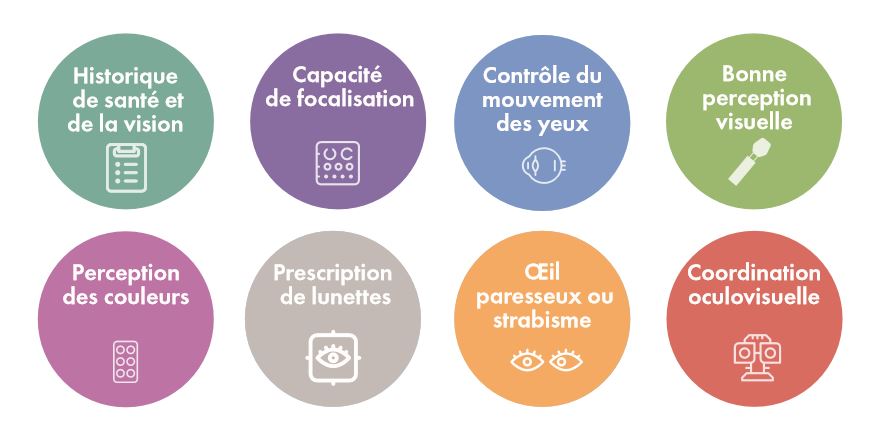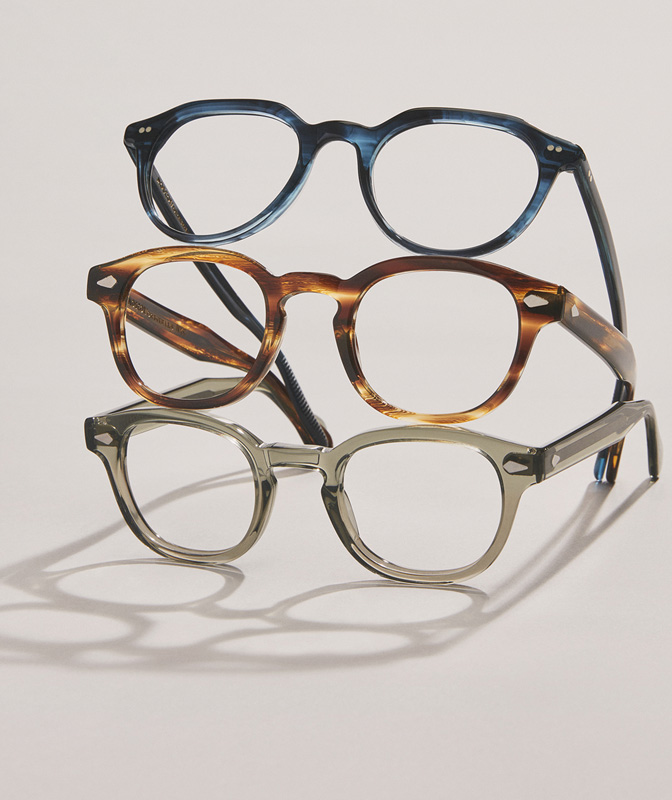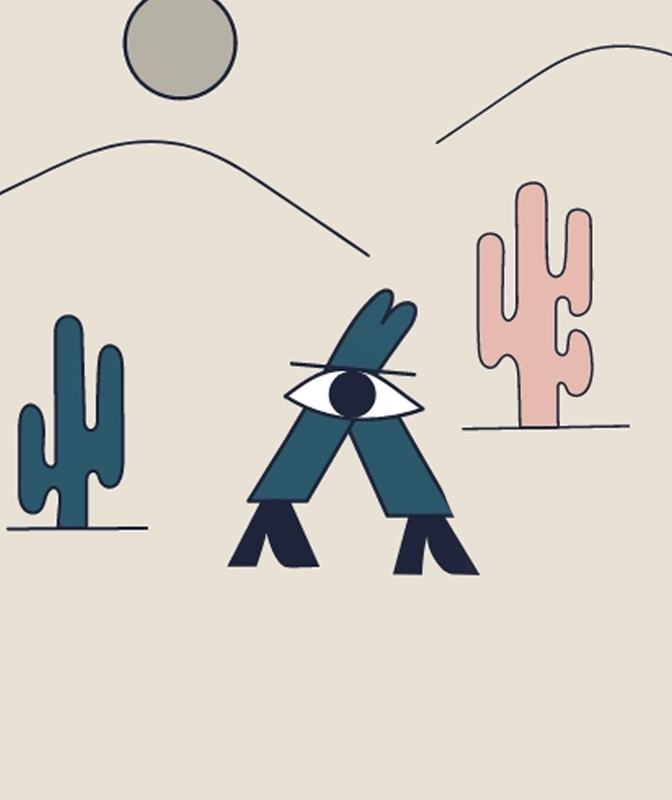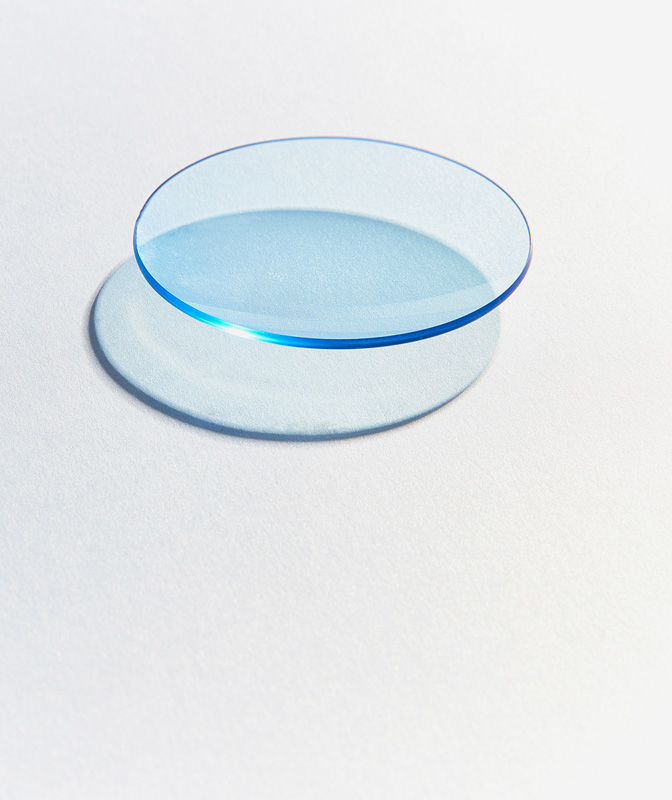Did you know that our visual system develops all throughout childhood? In fact, our vision stabilizes around the age of 18, before other visual disturbances appear. Children are not always aware of the quality of their vision, so it’s important to be on the lookout for signs that could reveal a vision problem and consult an optometrist if necessary.
DETECTING FIRST SIGNS
Some signs are clear indicators that a child needs glasses and can be detected without seeing an eye care specialist. These symptoms include an eye that has a tendency to cross, or if you notice that your child tends to cover one eye in order to concentrate. In most cases though, the signs are much more subtle and a consultation with an optometrist is necessary to detect them.
“In our optometrist clinic, the most common cases we see are kids that have a “good eye” and a “lazy eye”. These children are functional thanks to their good eye, but their lazy eye needs to be treated. Often, these kids suffer from fatigue and headaches, but they won’t complain about their vision”, explains Rosanne Trudel, optometrist and partner at Doyle Longueuil. Lazy eye, also called amblyopia, must be treated before the age of 12 with a patch (a pirate eye!), otherwise the treatment isn’t as efficient - yet another reason to book an eye exam early on in childhood.
Most signs indicating a vision problem are quite intuitive. The list of symptoms includes:
- Chronic headaches or ocular fatigue
- Learning disabilities and difficulties concentrating
- Problem reading or memorizing text
- Reversing letters and numbers persistently
- Laterality problems (i.e. difficulty with geometric shapes)
- Bad hand/eye coordination (capacity to coordinate visual perception and movement)
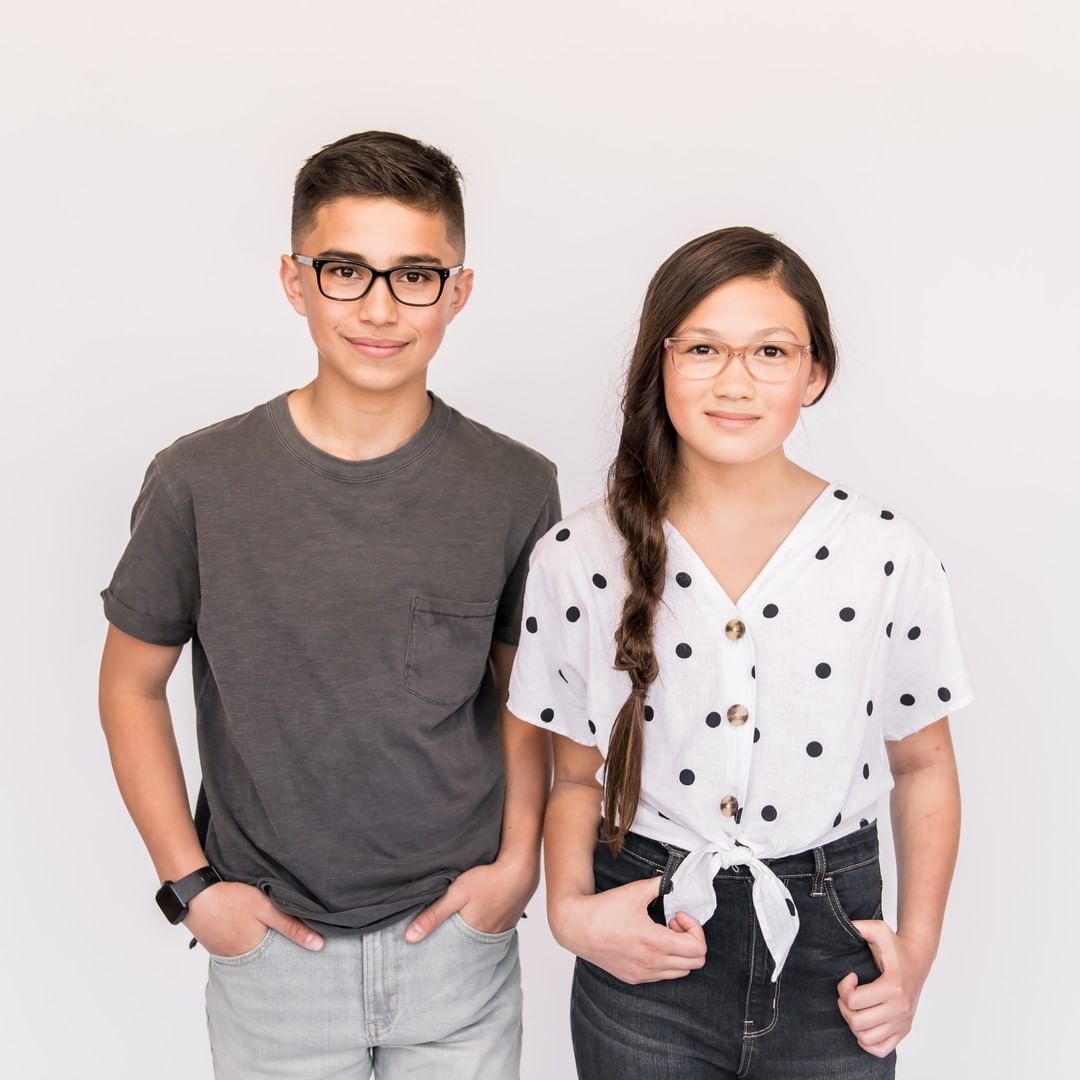
STRABISMUS: A COMMON CONDITION IN CHILDREN
Some visual problems can only be detected through an eye exam. For instance, when eyes don’t function simultaneously, one of them can become lazy and cause strabismus. This ocular problem is characterized by a “crooked” eye and can also cause diplopia (double vision).
Diplopia can be caused by simple fatigue, but it can also reveal a more severe eye health problem. With early diagnosis, the problem can be treated with corrective lenses, which is why we highly recommended getting your child’s eyes examined as of 6 months of age.
PREVENTION IS BETTER THAN CURE
Through various tests, the optometrist can determine if your child needs eyeglasses or if he or she will need some later. “According to the College of Optometrists, your child should see an optometrist at 6 months, 3 and 5 years old, followed by annual visits between 6 and 18 years of age”, states Rosanne Trudel, O.D.
What will the optometrist assess during your child’s eye exam? Here’s the list:
If you have any concerns, book an appointment with one of our optometrists today. We will be happy to examine your child’s eyes and make personalized recommendations to start the school year off on the right foot!
* This article was written in collaboration with Rosanne Trudel, partner and optometrist at Doyle Longueuil.

